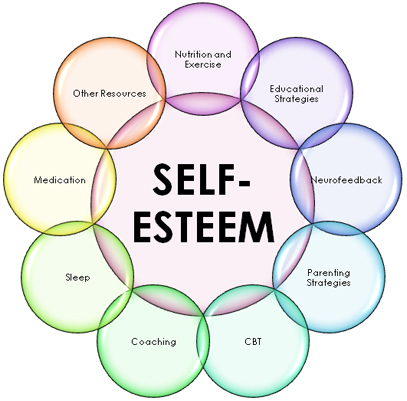2.
Physical Appearance: Physical appearance is one of the biggest predictors of a teenagers self-esteem. There is a strong correlation between teenagers who express dissatisfaction with their appearance and those who have low levels of self-esteem.
For teenagers , girls particularly, the social pressures exerted by constant media messages about the perceived ideal body type can cause significant levels of dissatisfaction about their body.
3. Social Stability : Strong relational and communal networks are important co-relational factors for teenagers who have healthy self-esteem. Having a strong bond with family and feeling secure and loved definitely mitigate against low self esteem . For this reason when teenagers experience the divorce, separation, or death of a parent it can result in a significant loss of self-esteem.
4. Gender Differences : A key difference between the genders is the effect of puberty on the body. Adolescent females have greater dissatisfaction with their bodies than do males. For many girls the physical changes associated with early adolescence often coincide with a significant drop in self-esteem. For girls the development of increased body fat and shape change can have a negative effect. Conversely for males the increase in muscle and strength can have a positive effect.
Tips for your adolescent:
1. Set realistic goals for yourself.
2. Try to get the most out of your strengths and do your best, without demanding unrealistic results of yourself.
3. Celebrate your achievements.
4. Trust your own feelings.
5. Take it one day at a time. Do your best each day.



